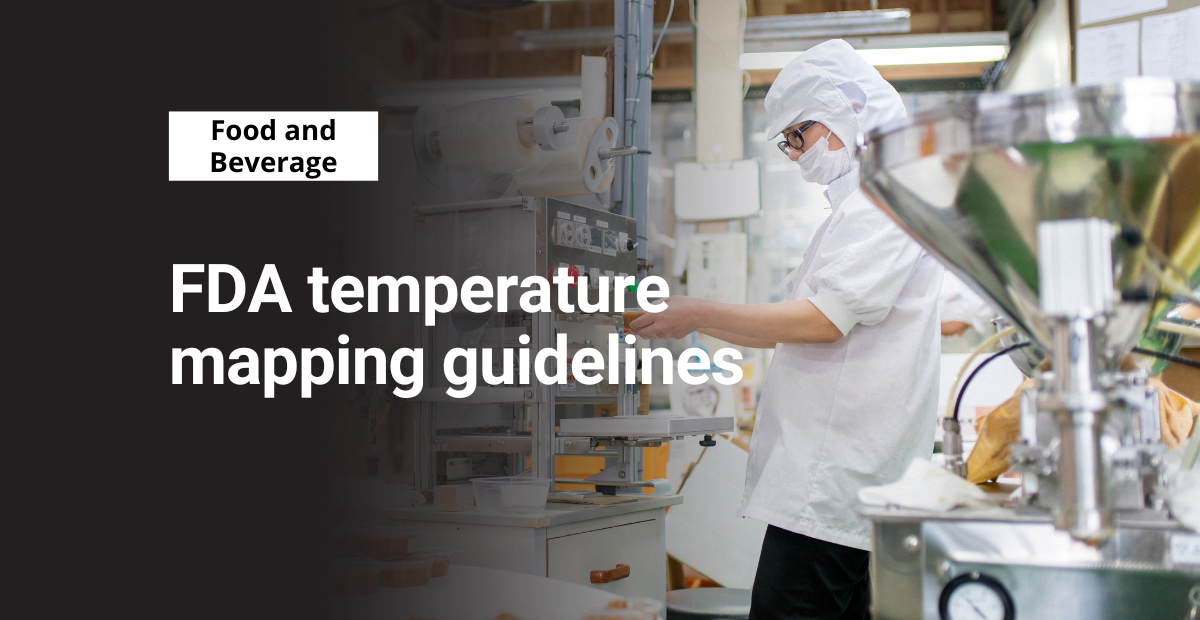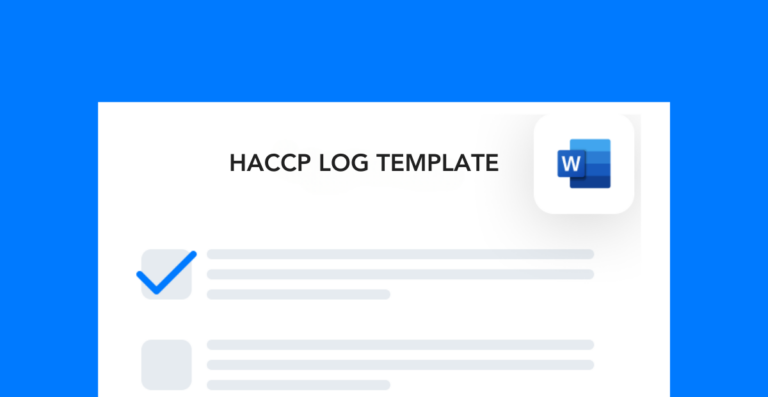The CDC estimates that more than 48 million people contract a foodborne illness each year. So, it’s no wonder that companies are constantly trying to find new ways to safely store and ship food products to customers.
One recent technological development in this area is called temperature mapping, and it’s designed to improve the conditions in which companies store food items. When properly executed, this process helps companies avoid costly recalls, civil lawsuits, and other financial issues that come with public health incidents.
Temperature mapping process
A temperature map shows the distribution of temperature readings across a certain area. In the case of food and drug products, these types of maps depict areas such as:
- Refrigerators
- Freezers
- Warehouses
- Incubators
To create the map, you place multiple temperature reading devices throughout the area you want to monitor. You leave them there for at least 24 hours before extracting the data. Then, you analyze what you’ve collected and look for inconsistencies to target with any resulting action items.
NOTE: How you pull the data depends on which type of device you use.
Free template!
Use this simple HACCP log template to record your temperature readings for comprehensive documentation.
Benefits of temperature mapping
The concept behind temperature mapping is that by regulating the environment where food is stored, you can better protect your customers from foodborne illnesses. While this is the most widely recognized benefit of temperature mapping, there are other advantages as well.
Temperature maps help businesses with continuous improvement projects because they identify inconsistencies and areas of opportunity. For example, if you consistently generate poor temperature mapping results in a specific area of your site, it might point to a structural issue—not a problem with your equipment.
Of course, there’s also the added benefit that temperature mapping contributes to a proactive safety culture. Like all forms of hazard prevention, this approach reinforces your commitment to the health and safety of your customers and employees.
FDA temperature mapping guidelines
You can find the FDA temperature mapping guidelines on food and drug product temperature regulation in CFR Title 21. These are the specific sections you may want to reference:
117: Current Good Manufacturing Practice, Hazard analysis, and Risk-Based Preventive Controls for Human Food
This guideline states that facilities which store unprotected food items must complete a series of activities to ensure a safe storage temperature for those items. These mandatory activities include:
- Establishing upper and lower temperature control limits that prevent the growth of pathogens
- Monitoring these control limits on a regular basis
- Performing corrective actions to stabilize the temperature within its acceptable range
For more details, you can read the food product guidelines here.
211: Current Good Manufacturing Practice for Finished Pharmaceuticals
In this guideline, the FDA establishes best practices for the manufacturing of human or animal drug products. Here are a few of the highlights of its guidelines on temperature:
- Companies must have equipment to regulate the storage temperatures during production, packaging, packing, and storing of products.
- Products must be stored at a temperature that does not compromise their purity.
- Any products that have been compromised under irregular temperature conditions cannot be sent to the marketplace.
Regardless of which FDA temperature mapping guidelines apply to your business, temperature mapping is a great tool to strive towards the highest product quality possible. Documenting your findings and logging action items for later reference is an easy way to compound your efforts. In the long run, your company, your employees, and your customers will all benefit from these preventative measures.




